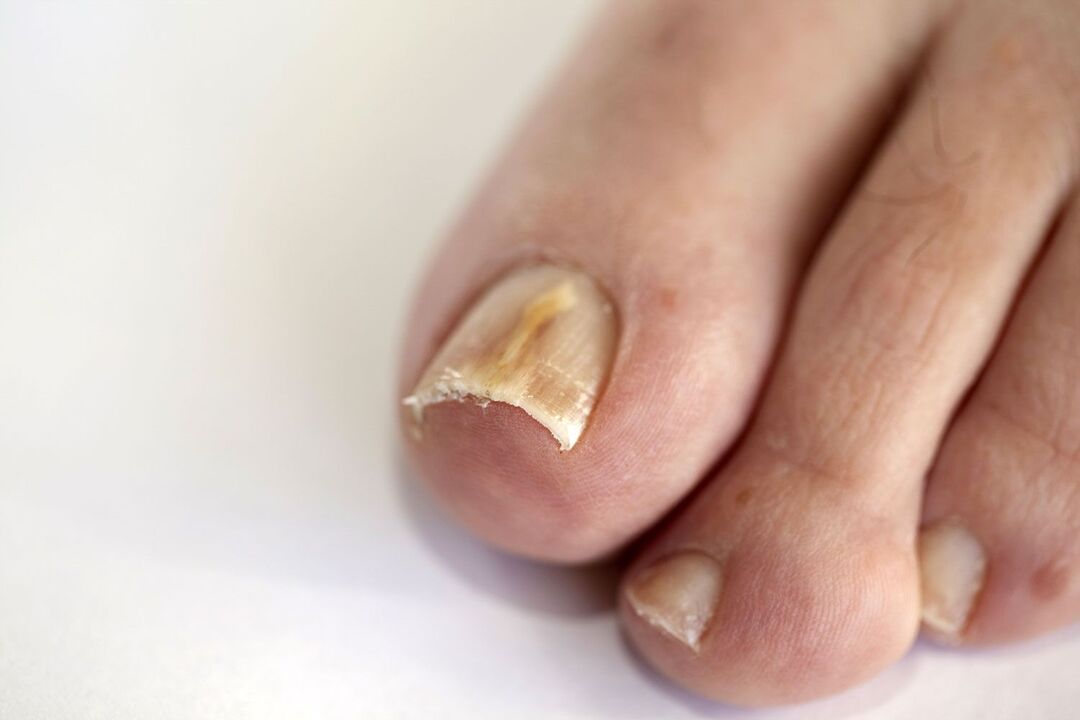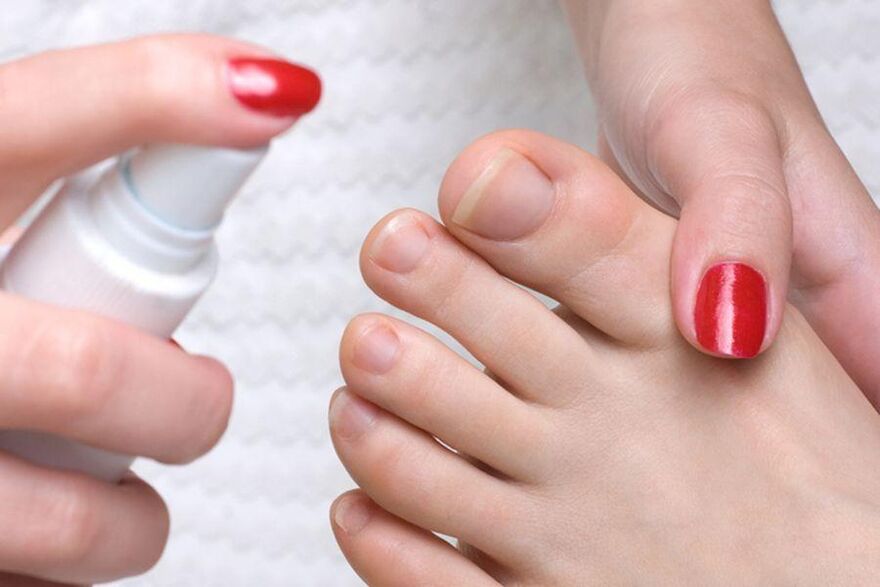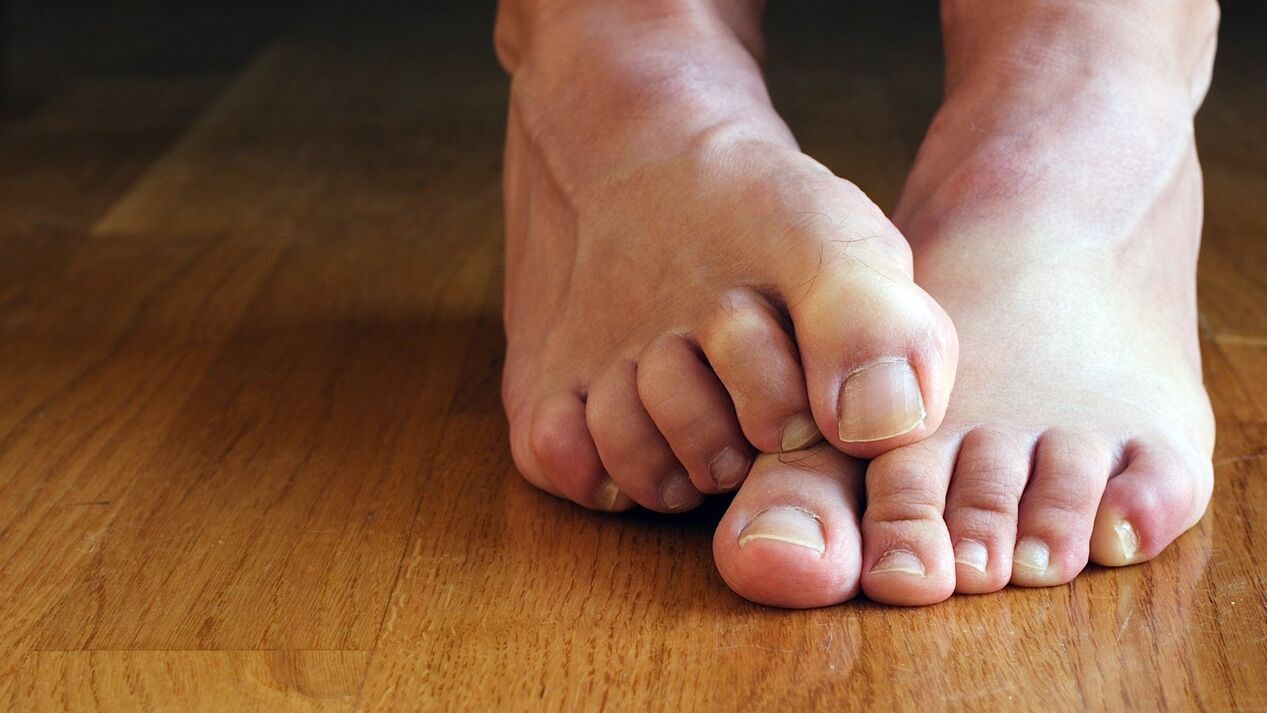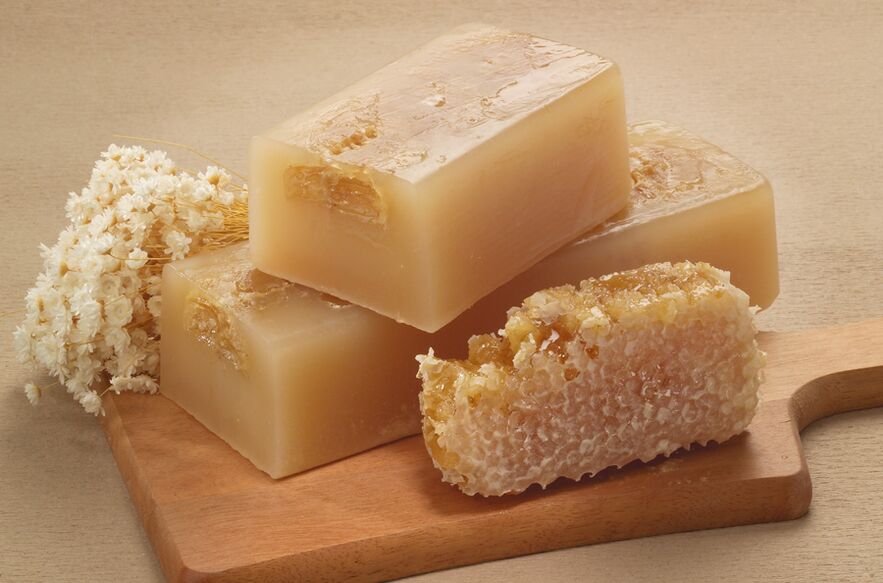If a person has fungus on his feet, the question of how to treat it is before him. Of the many forms of this infection, the fungus that affects the feet is the most common. The reason for this is the pathogenic fungal flora of the genus Trichophyton, which, with increased sweating, affects the skin of the legs and the nail plates on the fingers. The origin of this microbe is Southeast Asia, where nature itself creates ideal conditions for its development: a hot and humid climate coupled with a dense population. In recent years, it has spread to Europe and the United States. Currently, more than 20% of the world's population suffers from dermatophytes.
route of infection

The most common mode of infection by fungal spores is contact. Mostly, this happens when sick and healthy people live or work together.
Common modes of transmission of foot and nail dermatophytes include:
- Common household items that come into direct contact with skin and toenails (bedding, socks, shoes, pedicures);
- Public bathrooms and showers - generally, they are used by people who work in dusty and dirty production types (mines, factories) and by athletes and conscripts who often need to sweat;
- Sunbeds, loungers and cushions on the beach.

In order to prevent fungus, it is necessary to strictly observe the rules of personal hygiene and try to avoid possible infection situations.
If you don't wash your feet in time, change socks and shoes, and treat your feet with antiseptics, the chance of infection increases. Thus, outbreaks of this disease occur most often in field conditions, when prolonged transitions with sweaty legs create favorable conditions for the proliferation of the fungus.
In addition to sweaty feet, a compromised immune status can also increase the risk of infection. This factor is currently at the top of the list of reasons for the spread of the disease due to deteriorating environmental conditions and the growth of diseases such as diabetes around the world.
Symptoms and Diagnosis
The signs of foot fungus are well known.
Among them:
- irritation, redness, severe itching, and rash;
- peeling scales from its surface;
- cracks in the interdigital area, diaper rash;
- Nail deformities.

Such lesions on the legs can cause many problems, causing not only physical but also mental discomfort to the victim:
- Inflamed and swollen feet;
- Even if the legs are not sweating, the affected skin can emit an unpleasant odor;
- Nails can change color, fall off, and chip.
However, if you don't fight the disease, symptoms can progress to this point gradually. Therefore, at the first signs, you should not search for an effective foot fungus treatment on your own, but contact a dermatologist - he must decide which antifungal agent should be used to defeat the pathogen, because as soon as possible. With the current state of the art of pharmacology and the advice of experts, it is possible to cure the fungus on the legs quickly enough.
Coming to a dermatologist's office with such a complaint, the patient first undergoes a diagnostic procedure. It is necessary to clarify the diagnosis, as it directly depends on how the foot fungus is treated.
To determine the type of fungal spores, the following methods are used:
- Irradiation with a special light makes the lesion area particularly visible, because in its light the skin in this place stands out against the general background, turning a purple-red color.
- Bacterial seeding based on skin scrapings allows for the propagation of samples by placing them in nutrient media for external observation and clarification of the type of pathogens responsible for disease development.
- PCR technology is by far the most modern method and helps to make a diagnosis with almost 100% certainty because it is based on fungal DNA analysis.
After receiving the study results and choosing the most effective fungal treatment, the doctor gives the patient certain medicines and prescribes a regimen of their use. To choose the most effective fungal treatment, he considers factors such as age, health, concomitant diseases, and more.
Pharmacology Library
However, among quite a few items, choosing a super effective and inexpensive remedy for fungus growing on your legs is no easy task. Not only can it be a topical drug, but it can also be an oral preparation -- if the topical form doesn't help. However, as a rule, treatment begins with them.
The main active ingredient of the drug is terbinafine - a proven treatment for leg fungus, capable of rapidly destroying fungal spores. Creams, ointments, and fungal sprays are all applied directly to the pre-washed and dried skin of the legs, while ointment and cream forms should be rubbed gently into the affected area. In people "infected" with foot mycosis, the skin often takes on a rough, dense, thickened appearance, especially characteristic of the soles and heels. Medications for the fungus cannot penetrate such a "shield", so before starting treatment, the skin must be boiled in a hot soapy solution to soften the cuticle, which is then removed with a pumice stone and a special abrasive file.
As the dryness of the epidermis increases, the base of the antifungal agent should be as oily as possible. Ointment should be used in this case to meet this requirement. In the interdigital area, where the skin is thinner and more delicate, fungal sprays or suspensions are effective.
To combat foot fungus, or rather, toenails, a special therapeutic varnish is also used, applied to the nail plate.
A must before use: sanding irregularities, removing as much of the affected area as possible to help the drug penetrate into the nail tissue.
Sometimes you have to turn to a surgeon who completely removes the affected nail plate.
Without this, even the most effective remedies for leg fungus won't produce the proper level of therapeutic effect.
In the most severe and advanced cases, foot mycosis cannot be treated with external medicine alone, because the harmful waste products of the pathogen penetrate into the blood and begin to poison the person from the inside. The attending physician then prescribes oral antifungal antibiotics, which have a systemic inhibitory effect on pathogenic microorganisms.
It is impossible to use this effective treatment for foot fungus without direct instruction from an expert, as uncontrolled ingestion can have very serious consequences. One of them is the development of immunity of fungal spores to these drugs and their components.
folk remedies

What's Most Helpful for Foot Fungus - Pharmacology or Folk Medicine? Only a doctor can answer how to cure foot fungus, but it is not superfluous to ask him about home remedies.
The most reliable ways to help get rid of leg fungus have long been known:
- Laundry soap from fungus on legs. For fungi, foot baths containing this ingredient are useful, especially for excessive sweating of the feet. After grinding 70% brown laundry soap without any fragrances, take a tablespoon of shavings and mix it with a tablespoon of soda water. Pour the mixture into water heated to 40 degrees and dip your feet in the soap and soda solution for half an hour. When steaming, lather the skin between the fingers and rub the feet with a brush to facilitate penetration of the solution ingredients into the upper layers of the epidermis. At the end of a procedure that must be done every other day, wash your feet with water and apply a topical medication recommended by your doctor to your skin.
- Vinegar is also a good folk remedy for foot fungus, especially nail-shaped fungus. Handle the nails carefully, being careful not to injure them, as this can deepen the infection. After pouring the hot water into the bowl, the temperature should be around 50 degrees, then pour a cup of 9% vinegar into the same place. Soak your feet in a vinegar solution (there should be enough liquid to completely cover them) for 10-15 minutes. Then, without rinsing, dry your feet and put on clean socks. Repeat this foot bath 3-4 times a week for fungus.
- Another great way to treat foot fungus is iodine. After washing the feet and treating the nails, a cotton swab should be used to apply the iodine-alcohol solution to the lesions. When using an iodine solution against foot fungus, it is important to be careful not to burn, especially in the area between the toes.
- Propolis from the fungus is boiled in a hot soapy solution and applied to the nails and surrounding skin.

Herbal Recipes for Dermatophytes:
- Euphorbia is an effective remedy against foot fungus. The plant's sap should be lubricated with a cotton swab over the sore nail.
- Celandine from fungi - 3 tables. Pour a grass spoon into 1 liter of water, bring to a boil, cool to an acceptable temperature (40-46 degrees), and soar over the foot solution.
- Burdock - To treat foot fungus, you'll want to wrap them in beaten burdock leaves, put on clean socks, and sleep with this dressing.
- Tea tree oil from leg fungus is only effective in the early stages of the disease.
Unfortunately, a drug that can get rid of foot fungus in one application has not yet been invented. Therefore, when using both medicinal and folk medicines to treat fungi, it is necessary to consult a doctor and follow his advice. The best way to treat foot fungus is the one your doctor prescribes.

























